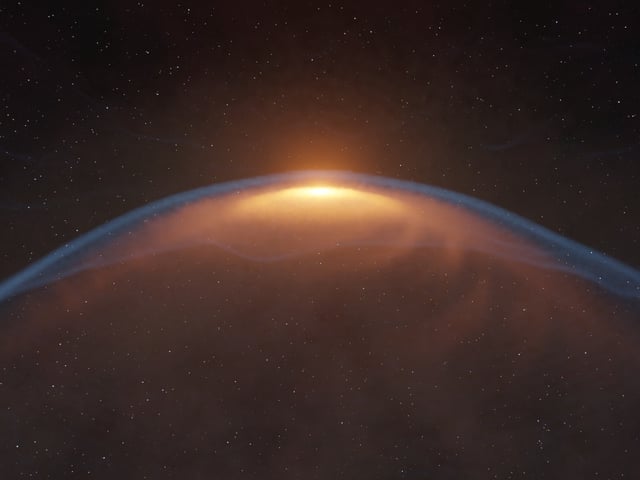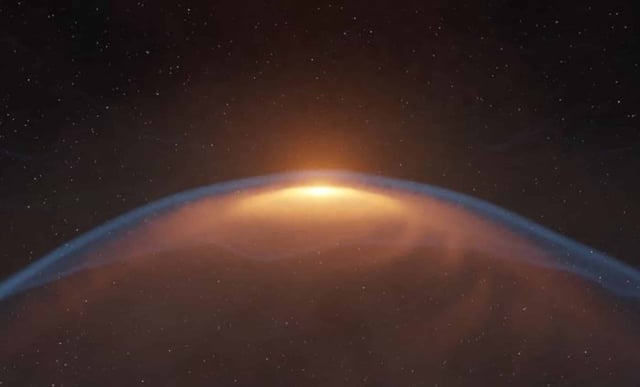Overview
- Archival ALMA data reveal a shock front from an expanding bubble colliding with WSB 52’s protoplanetary disk and displacing gas
- Researchers found the bubble’s center aligns with the disk’s rotation axis, ruling out random formation and implicating a jet-driven explosion
- Modeling suggests a high-speed jet from the young star collided with nearby cold gas centuries ago, compressing it until it exploded outward
- Analysis of the DSHARP sample shows only one such jet–bubble–disk interaction, indicating this feedback mechanism is rare in star-forming regions
- The team plans targeted ALMA follow-up and detailed dynamical simulations to evaluate how often these events occur and their influence on early planetary systems

